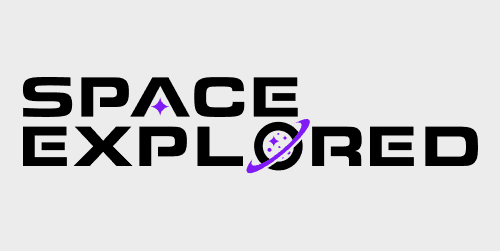
SLS is undergoing testing ahead of Orion integration and rollout for the Wet Dress Rehearsal for the Artemis 1 mission. But it’s not only Orion going to the Moon. 13 CubeSats are tagging along, at least now it’s 13…
While Artemis 1 is primarily meant to be a rigorous test of the Orion systems and SLS, there will be 13 additional payloads along for the ride to the Moon. These CubeSats come from a variety of companies and institutions, ranging from NASA’s Jet Propulsion Laboratory to the University of Colorado. These payloads are mounted in CubeSat dispensers located within the Orion Stage Adapter (OSA). The OSA is mounted on top of the Interm Cryogenic Propulsion Stage, built by United Launch Alliance. Once the Trans-Lunar Injection burn is completed, Orion, with its European Service Module, separates from the stage adapter. This clears the way for the CubeSats to be ejected.
Integration Hell
The first CubeSats were integrated around mid-July 2021, however, some teams had difficulties during integration, specifically CU-E3, Lunar Flashlight, and CisLunar Explorers. Due to these difficulties, they were unable to meet the deadline for payload integration and were removed from the Artemis 1 manifest. But now they’re getting a second chance.
With the testing of SLS taking longer than initially planned, a window of opportunity has opened up for these final 3 CubeSats. They are expected to be integrated within the next few days. While integration for the initial CubeSats occurred at the Space Station Processing Facility, the OSA has since been moved to another building ahead of integration with SLS. It is now believed to be at the Multi-Payload Processing Facility, where these final CubeSats will likely be integrated. Many people view delays with negativity, but we’re sure the teams working on these satellites are relieved to have an opportunity to fly. CU-E3 and CisLunar Explorers would have had to find their own launches if this opportunity wasn’t granted. The same is likely true for Lunar Flashlight, but being a JPL payload, it probably wouldn’t be difficult.

Artemis 1 CubeSat Manifest
- Lunar Flashlight
- Jet Propulsion Laboratory, California
- Searching for ice deposits and resources using a laser.
- Lunar IceCube
- Morehead State University, Kentucky
- Searching for water in all forms and other volatiles with an infrared spectrometer
- LunaH-Map
- Arizona State University, Arizona
- Creating higher-fidelity maps of near-surface hydrogen in craters and other permanently shadowed regions of the lunar South Pole with neutron spectrometers
- OMOTENASHI
- JAXA, Japan
- Developing the world’s smallest lunar lander and studying the lunar environment
- LunIR
- Lockheed Martin, Colorado
- Performing advanced infrared imaging of the lunar surface
- CuSP
- Southwest Research Institute, Texas
- Measuring particles and magnetic fields as a space weather station.

- NEA Scout
- Marshall Space Flight Center, Alabama
- Traveling by solar sail to a near-Earth asteroid and taking pictures and other characterizations of its surface.
- EQUULEUS
- University of Tokyo/JAXA, Japan
- Imaging the Earth’s plasmasphere for a better understanding of Earth’s radiation environment from Earth-Moon L2 point.
- BioSentinel
- Ames Research Center, California
- Using single-celled yeast to detect, measure, and compare the impact of deep-space radiation on living organisms over a long period of time.
- ArgoMoon
- European Space Agency/ASI, ArgoTec, Italy
- Observing the SLS interim cryogenic propulsion stage with advanced optics and software imaging system.
- Team Miles
- Miles Space, Florida
- Centennial Challenges Payload
- Demonstrating propulsion using plasma thrusters and competing in NASA’s Deep Space Derby.
- CisLunar Explorers
- Cornell University, New York
- Centennial Challenges Payload
- Demonstrating an inert water-based propulsion system and competing in NASA’s Lunar Derby.
- CU-E3
- University of Colorado, Boulder, Colorado
- Centennial Challenges Payload
- Demonstrating the use of solar radiation pressure for propulsion (solar sail) and competing in NASA’s Deep Space Derby.
Enjoy reading Space Explored?
Help others find us by following on Apple News and Google News. Be sure to check us out on YouTube, Twitter, Facebook, and Instagram, join our Discord!
FTC: We use income earning auto affiliate links. More.




Comments